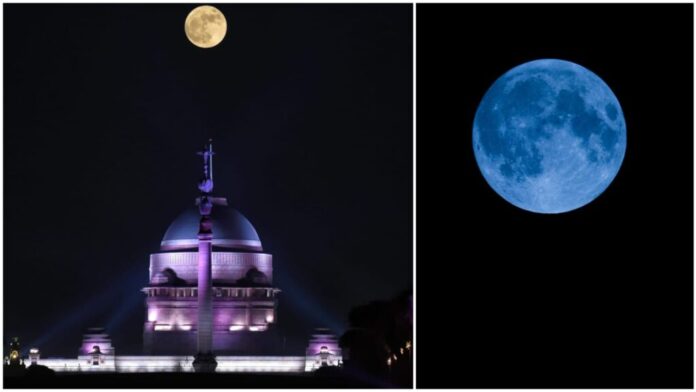Monday’s rare super blue moon is a confounding statistical marvel
How rare is it? That depends on who you ask. But it’s safe to say, Monday’s full moon will be special.
A rare sky event will occur Monday night: A full moon that’s both a supermoon and blue moon. This “super blue moon” happens when blue and supermoon cycles align, says NASA’s Noah Petro.
Definitions of supermoons and blue moons vary among astronomers, adding to the confusion.
Here’s why Monday’s full moon is unique:
What is a supermoon?
A supermoon occurs when the moon’s closest orbit to Earth coincides with a full moon. Coined by astrologer Richard Nolle in 1979, supermoons appear 30% brighter and 14% larger than typical full moons.
What is a blue moon?
There are two types: seasonal and monthly. Monday’s is seasonal – the third full moon in a season with four full moons.
Monthly blue moons are the second full moon in a calendar month.
Blue moons are rare due to the mismatch between the moon’s 29.5-day cycle and varying month lengths.
Despite the name, the moon won’t appear blue. Blue-colored moons in photos usually use special filters or editing.
How rare is a super blue moon? When will the next one occur?
“It’s tricky to answer, because it depends on your definition of a supermoon and a blue moon,” says Edward Bloomer from the Royal Observatory Greenwich.
Blue moons happen every two to three years on average. Super blue moons occur roughly every 10 years, but can be as far apart as 20 years.
So when will the next super blue moon actually occur?
NASA predicts the next one will be in January 2037.

